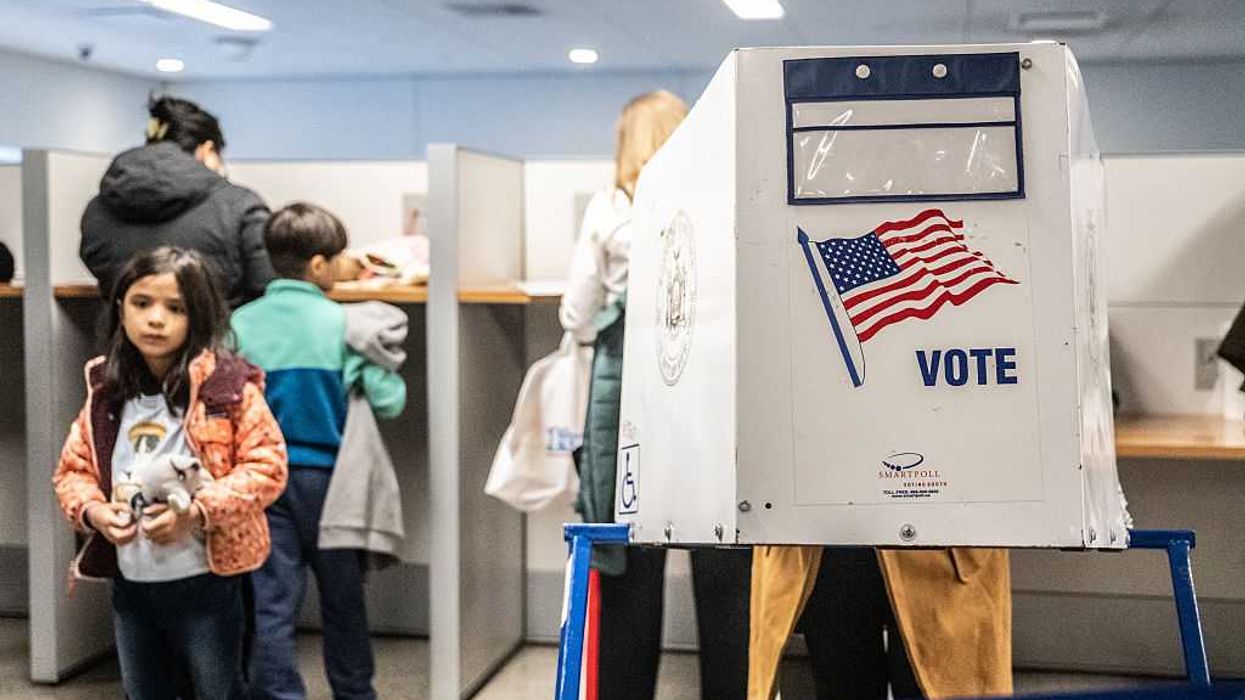Three high-profile contests—governors’ races in New Jersey and Virginia, and a three-way New York City mayoral battle—will test whether local politics can still matter in a Washington-dominated era. Trump’s second term has centralized power in the presidency, pulling state and city campaigns into its orbit. Voters face persistent inflation, fragile finances, and declining faith in the government’s ability to stabilize the economy. Domestic pressures, more than any single issue, are poised to shape the 2026 midterms.
New Jersey: A Bellwether Suburbia
New Jersey’s blend of suburban moderates and working-class voters often reflects national trends. Democrat Mikie Sherrill faces Republican Jack Ciattarelli, a Trump-endorsed former businessman who nearly unseated Governor Phil Murphy in 2021.
Sherrill presents herself as a pragmatic alternative to ideological governance. Ciattarelli, closely aligned with Trump, emphasizes national themes like healthcare costs and opioid addiction. His near-win in 2021 and Trump’s 2024 gains suggest GOP momentum in traditionally blue suburbs. Both parties view this race as an early indicator for 2026.
Virginia: Moderation vs. Culture War
Virginia’s contest between Democrat Abigail Spanberger and Republican Winsome Earle-Sears carries symbolic and political weight. Spanberger, a centrist former CIA officer, champions reproductive rights and bipartisan governance. Earle-Sears, the Trump-aligned lieutenant governor, focuses on parental choice, crime, and the rollback of diversity programs.
Each candidate would be Virginia’s first woman governor; Earle-Sears would also be the first Black woman elected governor in U.S. history. The race, split between Northern Virginia’s diverse suburbs and rural conservative counties, will signal whether moderation or cultural confrontation defines the political tone heading into 2026.
Taken together, these contests preview the tension between national polarization and local pragmatism. The races in New Jersey and Virginia illustrate how moderate, closely divided states – anchored by dynamic suburbs yet shaped by enduring urban-rural divides – will define the country’s political future. Both showcase electorates that resist easy categorization: affluent professionals balancing economic pragmatism with social moderation, and rural and exurban voters energized by cultural identity. If Democrats can manage victories in both states, it would be a powerful signal heading into the midterms that centrist appeals and pragmatic governance still resonate across a polarized landscape.
New York City: Ideology Meets Instability
The mayoral race in New York City pits progressive Democrat Zohran Mamdani, independent Andrew Cuomo, and Republican Curtis Sliwa in a contest that reflects urban political fragmentation.
Mamdani, a democratic socialist endorsed by Sanders and Ocasio-Cortez, advocates rent control and expanded social programs. Cuomo, seeking a comeback, offers centrist stability and fiscal discipline. Sliwa appeals to voters concerned about crime and civic decline.
With federal support waning, New York faces budget shortfalls and rising housing costs. Voters are less focused on ideology than on which candidate can deliver competence amid uncertainty. A Mamdani win would mark a generational shift; a Cuomo victory would signal centrist revival; a Sliwa upset would underscore populism’s enduring appeal.
The Pattern: Moderates vs. Populists
Following the high-stakes battles in New Jersey, Virginia, and New York City, a broader theme becomes clear. Across these three races, a clear pattern emerges. Each of these pivotal contests features a centrist Democrat – Sherrill, Spanberger, and Cuomo – promising steady governance, fiscal prudence, and a reprieve from partisan combat. Each faces a populist challenger in the Trump mold, blending cultural grievance with pledges of order and independence from Washington. The outlier is Mamdani, whose left-wing ideology sets him apart; translated to the national stage, his brand of progressive politics resonates along the coasts but finds little support across the Midwest and interior states, underscoring the limits of progressive ideological appeal beyond urban centers.
The tension between these competing forces – moderation, populism, and progressive idealism – has become the defining struggle of American politics. Despite their differences, most polls consistently place the Democratic candidates ahead in all three races, suggesting that voters may still prefer experience and pragmatism to ideological fervor. These contests are more than local snapshots; they’re fault lines revealing the tectonics of national change. They reflect a nation searching for stability amid growing fatigue and frustration. If the moderates prevail, it will suggest there is still space in American politics for compromise and competence. If the populists win, it will confirm that Trump’s style of politics – personal, combative, and polarizing – remains the country’s dominant language heading into the 2026 midterms and beyond.
Conclusion: A Nation at the Crossroads
The races in New Jersey, Virginia, and New York City reflect a nation wrestling with identity, anxiety, and ambition.
They expose the fundamental crosscurrents defining America’s political landscape: economic unease, institutional fatigue, and a widening divide between moderation and populism. While the candidates differ in personality and strategy, they all navigate a terrain where local issues are increasingly overshadowed by national identity battles and economic insecurity.
Trump’s presidency continues to define the rhythm of American politics, casting a long shadow over every race like weather shaping a nation’s political climate. Centrist candidates appeal to stability and pragmatic governance, while populists tap into frustration and suspicions of elites. Meanwhile, progressive voices like Mamdani’s show that liberal ideas can still inspire, even if they struggle to expand beyond urban strongholds.
As the country heads toward the 2026 midterms, these contests suggest that the search for balance between bold vision and practical governance remains unfinished. The results will determine not just who governs next, but whether American politics still has room for restraint, persuasion, and the belief that competence – not chaos – is the highest form of leadership.
Robert Cropf is a professor of political science at Saint Louis University.



















